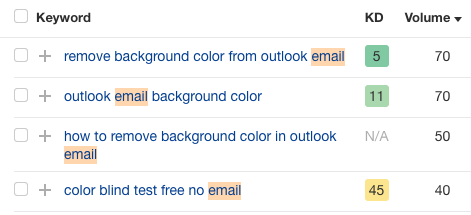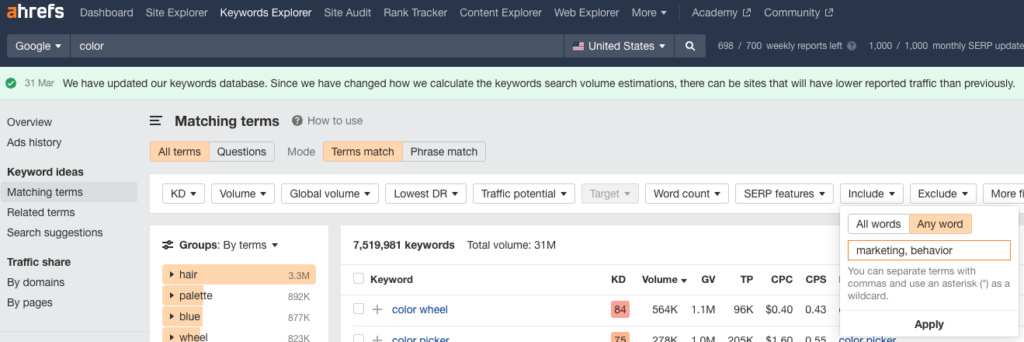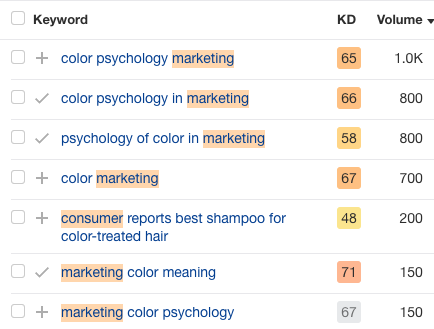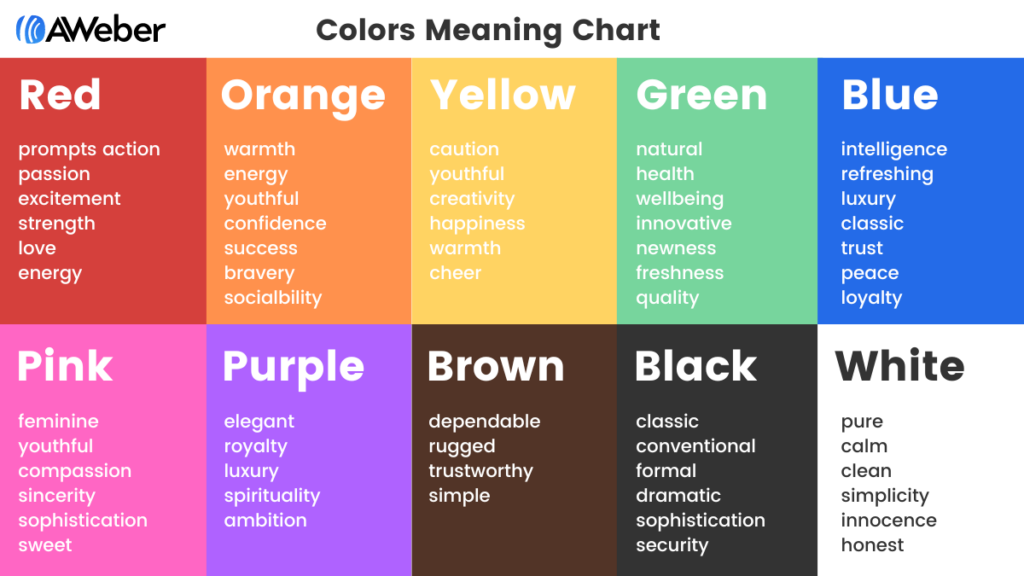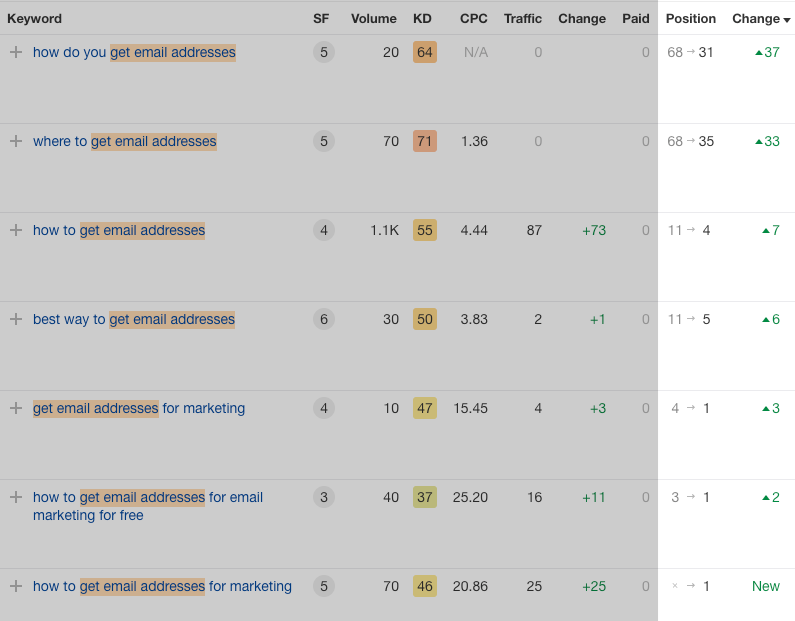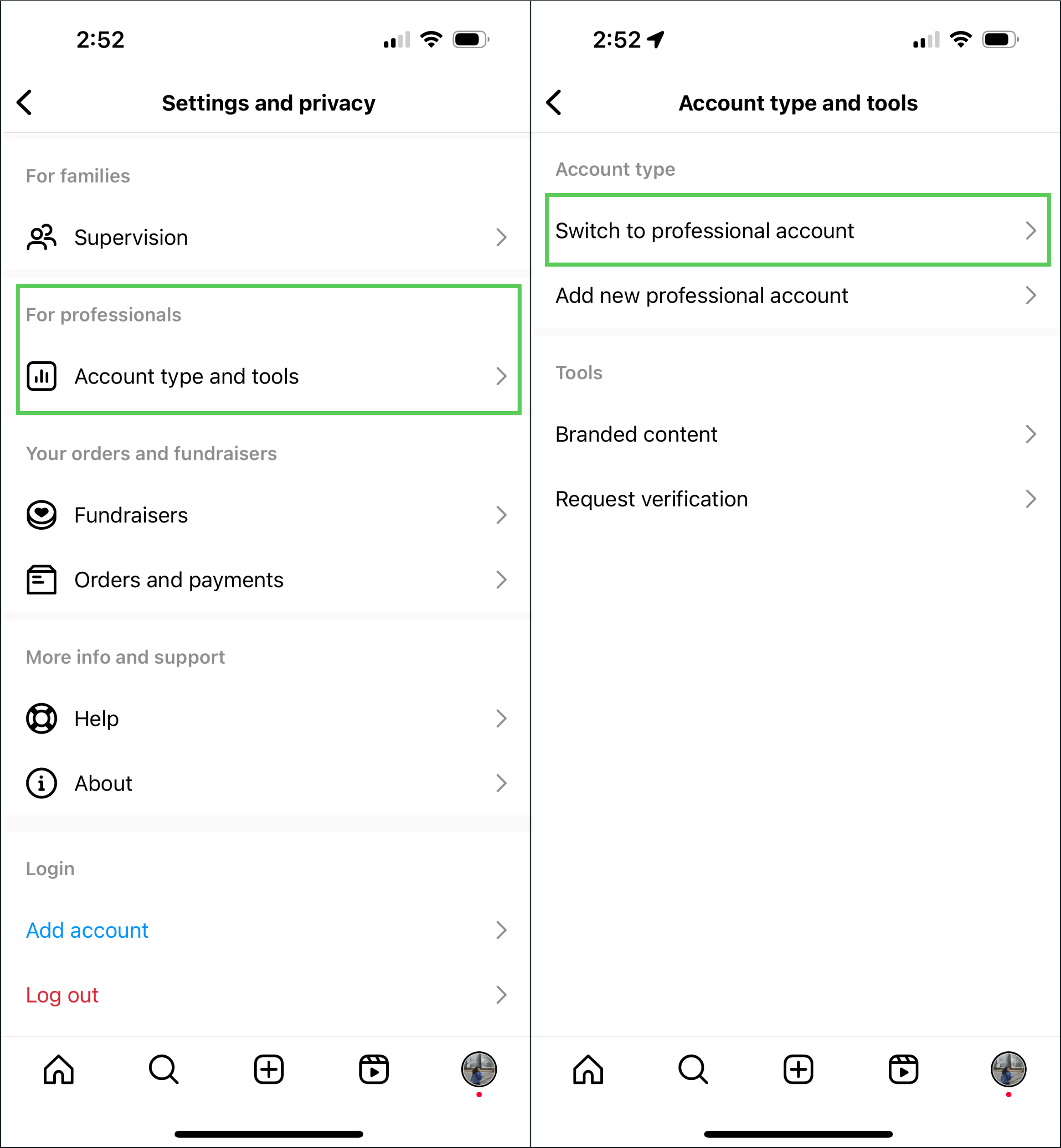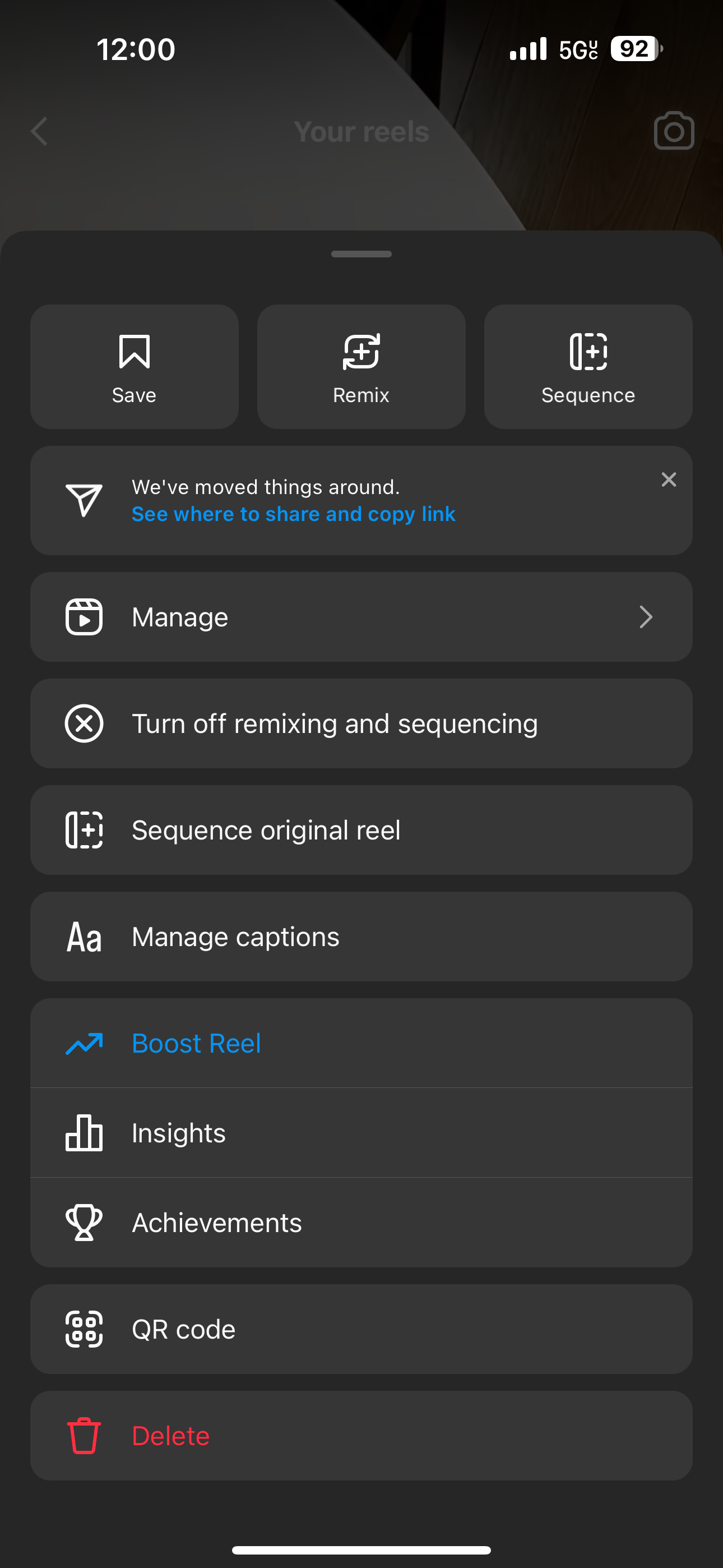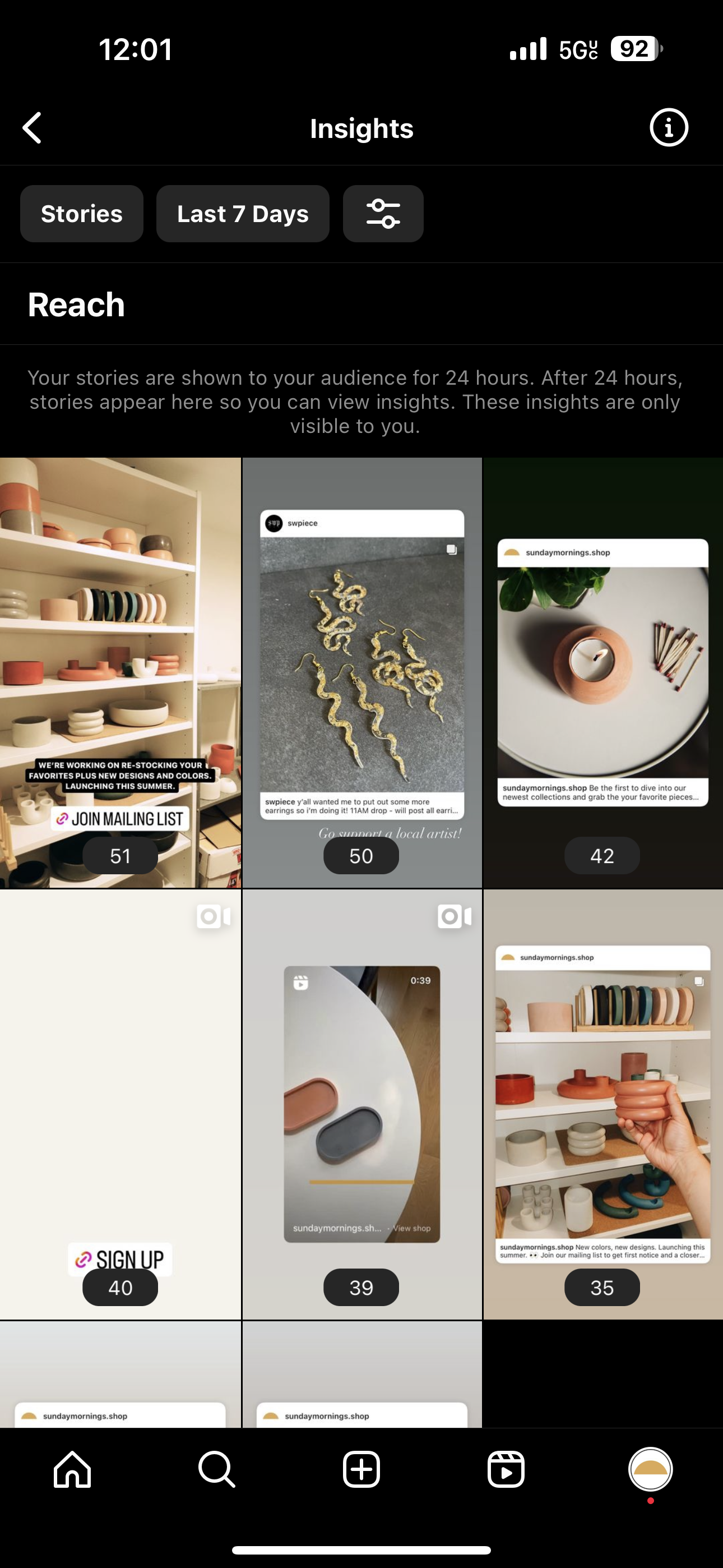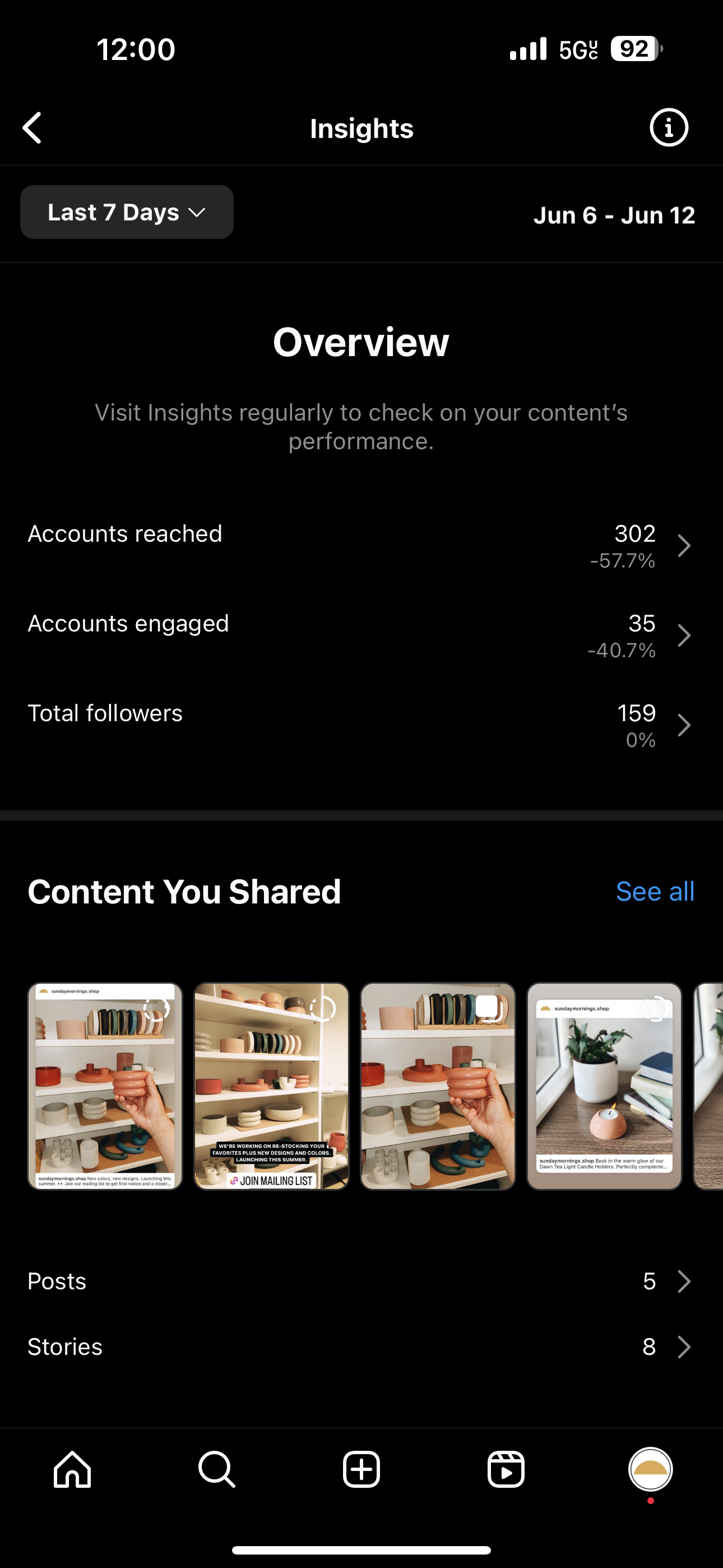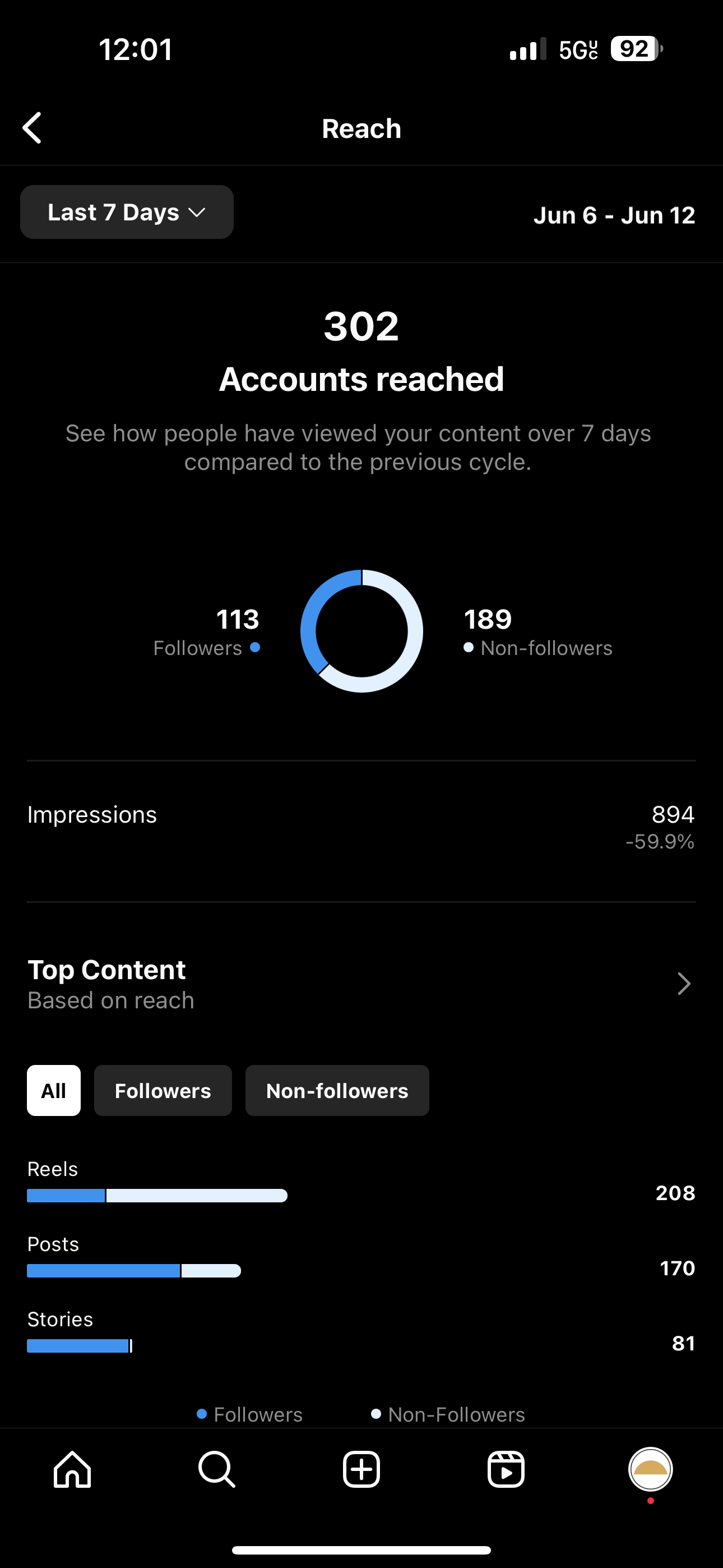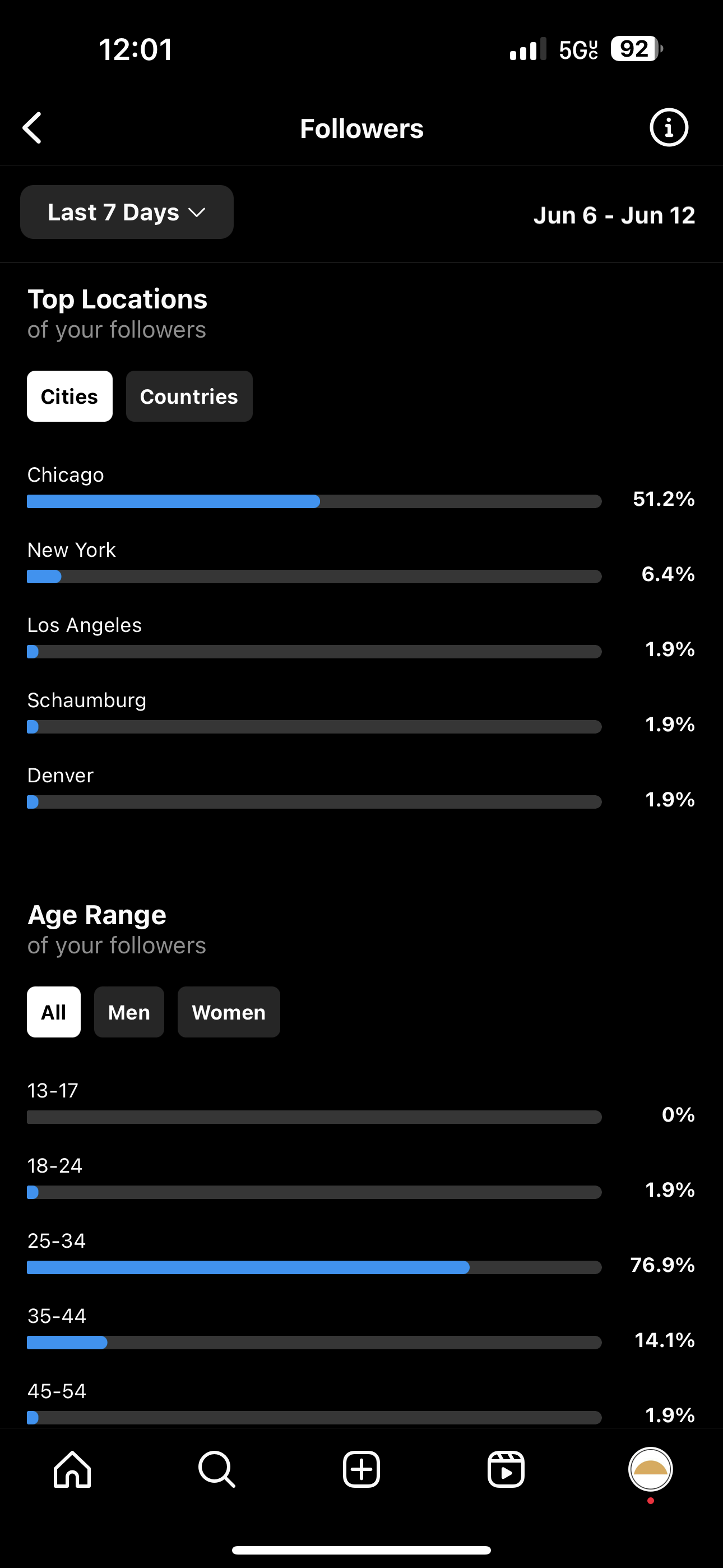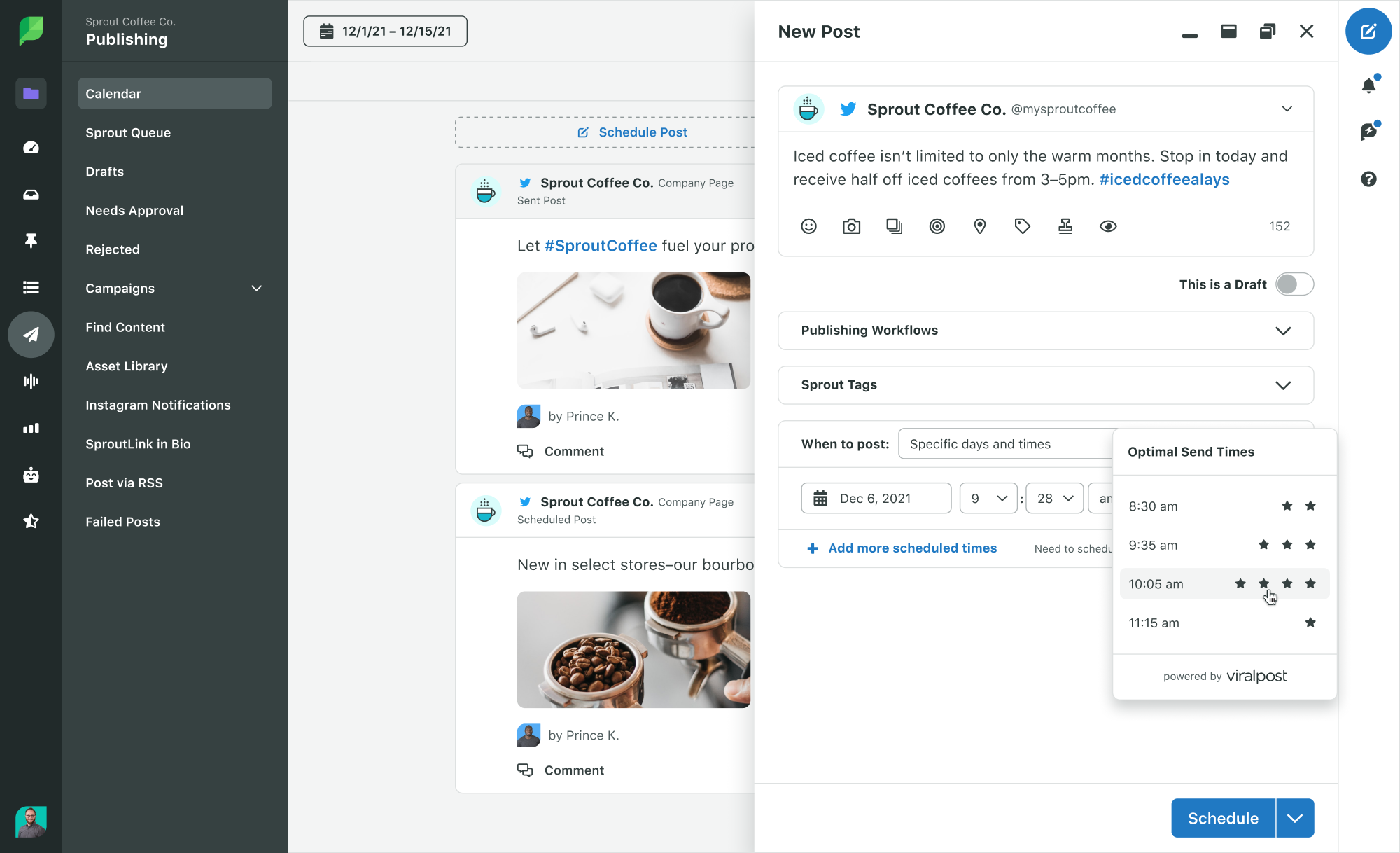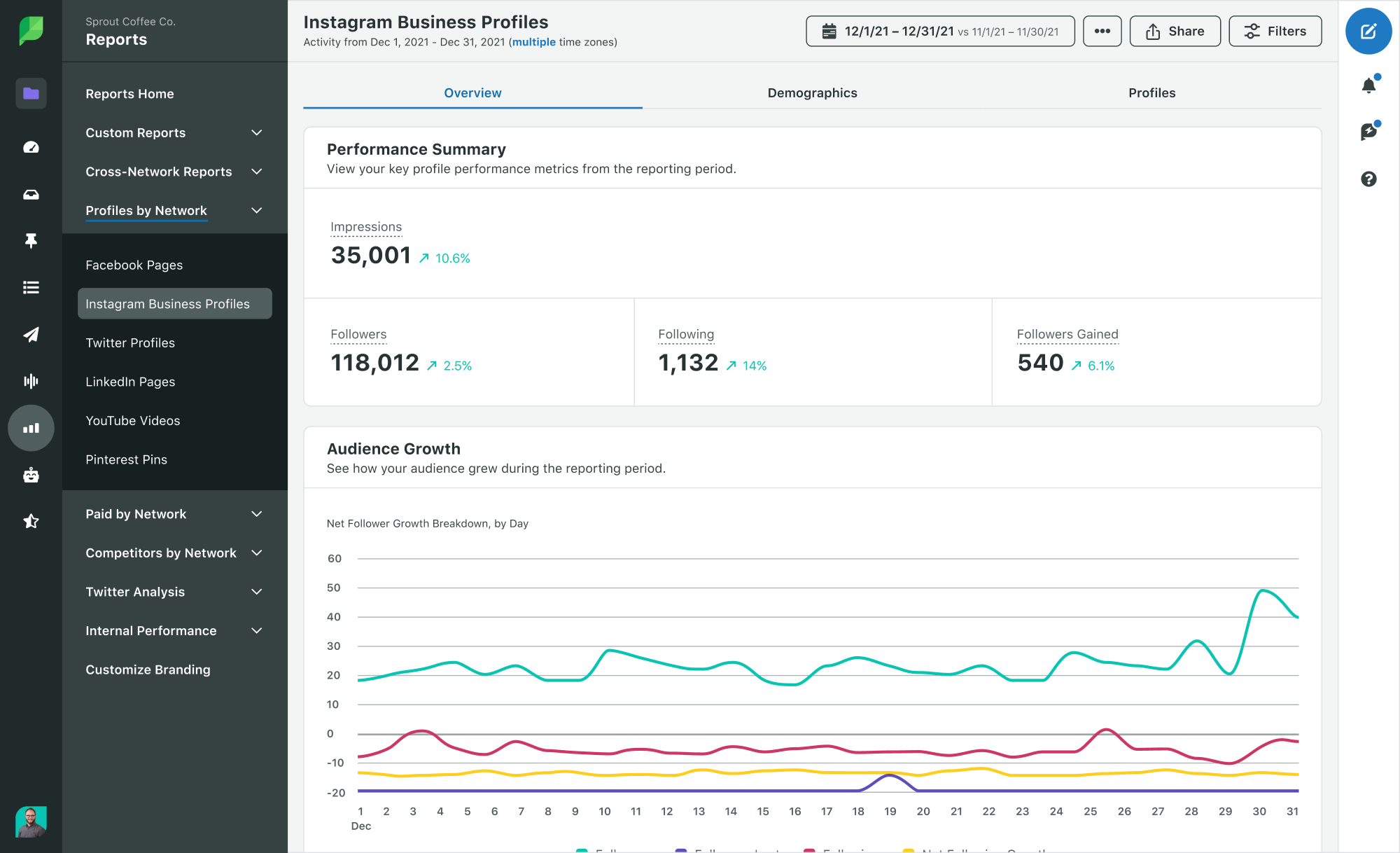Online shopping has gone social. Imagine scrolling through Instagram, finding something you love. You complete your purchase all within the app and avoid navigating to a product landing page. That’s the exact type of experience social commerce offers. It simplifies the purchase journey by eliminating extra steps and makes consumers more likely to complete their purchases.
As such, social commerce could be the key to success when using social media for retail. In this post, we take a deep dive into what social commerce is and how your brand can make the most of it.
Table of Contents
- What is social commerce?
- Best social commerce platforms to use in 2023
- 5 benefits of social commerce for your business
- 6 social commerce statistics marketers should know
- 3 social commerce trends for 2023
- 4 successful social commerce examples
- 5 ways to increase sales on social media using Sprout Social
- Starting out with a social commerce strategy
What is social commerce?
Social commerce is the buying and selling of goods or services directly within a social media platform. It involves taking social media beyond its traditional role in the discovery process. Instead, users will get to complete the entire purchase journey within the same platform. That means they can quickly go from discovery to purchase without leaving their preferred apps.
Leading social media platforms now offer dedicated social commerce tools to retailers. This includes platforms such as Facebook, Instagram, Pinterest and TikTok. Using these tools, you can create digital storefronts right within the respective platforms. That way, people can use these storefronts to discover and buy products without having to visit another website.
Social commerce vs. ecommerce
Ecommerce broadly encompasses the process of buying and selling goods online. It includes selling through different digital channels including online marketplaces, websites and dedicated retailer apps.
Meanwhile, social commerce involves selling directly through a social media platform. Since social media is an online channel, social commerce is a subset of ecommerce but it’s not the same as ecommerce.
Best social commerce platforms to use in 2023
Facebook, Instagram and Pinterest were the first to introduce native social commerce capabilities. Now platforms like YouTube and TikTok have joined in and started rolling out their own social commerce features.
If you’re interested in getting ahead of this potential revenue channel, here are the platforms you’ll want to test out:
Facebook’s social commerce tool, Facebook Shops, has a very low barrier to entry. Shops are free to set up and are accessible within your Facebook business profile.

If you’re using a partner platform, you can automatically sync your entire inventory list in seconds. If not, you can use a spreadsheet to upload product information.
The Facebook Shop tab on the platform’s mobile app features products based on user preferences. This helps to encourage organic brand discovery. Once consumers find your products, they can complete a purchase within the app or on your website. Sellers communicate with customers within Messenger to ask questions, offer support and more.
Instagram Shopping is directly linked to your Facebook Shop. To set up a shop, users must link their Instagram business account to their Facebook business profile. Once that’s completed, users can upload an existing product catalog or create a new one.
Then you can use Instagram Product Tags to make your content shoppable and your products easier to discover. Product Tags allow you to highlight items from your product catalog directly in your videos and posts. Users can tap on a tag and immediately learn more about the product.

The “View shop” button lets them browse your other listings and enjoy a seamless shopping experience. Like Facebook, purchases take place within the app or on your business website.
Pinterest Shopping has made it easier for retailers to sell on Pinterest. It lets you upload your product catalog to your Pinterest business page. You can then tag products in your Pins so people can click on those tags to learn more about them.
Keep in mind that these Product Pins are not direct social commerce tools. Buyers will still get redirected to a product-specific landing page to complete their purchase. However, it simplifies the buying journey as people can get the product info right within Pinterest.

TikTok
It’s easier than ever for retailers to make money on TikTok since the platform introduced social commerce capabilities. Businesses can now set up a TikTok Shop to showcase their products and drive purchases directly within the app. With this feature, you’ll be able to create shoppable videos and even enable viewers to shop directly on your TikTok LIVE broadcasts.

5 benefits of social commerce for your business
1. Reach a wider audience of potential customers
Social media usage is constantly on the rise, with more than 4 billion people using it worldwide. Couple that with the fact that consumers are discovering new brands and products through social media.
According to Sprout Social’s Social Shopping in 2022 study, 40% of consumers were finding the perfect product through a brand’s organic post. Researching products on social media and seeing a friend’s post are other common ways consumer’s discover products.

When you leverage social commerce, your products get in front of a massive audience. You’ll reach more people who could turn into customers.
2. Convert customers where they are and remove friction
Social commerce makes it easy to convert customers where they are since they can directly make purchases on the platform. It eliminates the need to switch to a different app or website to find the product they want to buy. As such, it removes friction and barriers to purchase by shortening the buying journey.
3. Increase reviews and recommendations through social proof
If your business is new to selling online, social media is the perfect place to begin establishing much-needed social proof. When shopping online, your buyers can’t necessarily test or try on your product. Reviews can be the key to making an educated purchase decision.
Managing your end-to-end customer journey on social media creates a positive feedback loop. This will eventually have an impact on your bottom line.
Your social content attracts new followers into your funnel. And offering social commerce gives them a chance to purchase and leave reviews in one centralized location. As your engagement grows with new reviews coming in, it sends a positive signal to social media algorithms. These algorithms will deem your content relevant to even more potential customers.
4. Gather useful data on your customers’ social habits
Social commerce features give you direct access to your customers’ social profiles. This gives you valuable customer data that you can use to inform your existing strategy.
Combine these insights with social media listening to get an even better understanding of your audience. That way, you get an even more comprehensive look into the habits and interests of your customers.

You can create more inspired conversion experiments based on these insights. Findings can inform messaging A/B tests, CTA optimizations and more. So you can make a bigger impact with your target audience.
5. Drive additional revenue than traditional ecommerce
Social commerce is driving an increasing portion of marketing-driven revenue for ecommerce businesses. According to McKinsey, retail social commerce sales in the US amounted to $45.7 billion in revenue in 2022. Experts predict that the number will hit close to $80 billion by 2025.
Although this is just about 5% of the total retail ecommerce sales, it still translates to increased revenue. As social commerce opens up new avenues for your business to drive sales, it gives you the opportunity to grow your revenue.
6 social commerce statistics marketers should know
- Facebook is the most popular platform for social commerce. An estimated 5 million users in the US made a purchase on the platform in 2022.
- Instagram comes next with an estimated 41 million buyers making a purchase.
- TikTok is another popular option with 23.7 million users buying on the platform.
- Pinterest draws in about 15.9 million social shoppers on the platform.
- Targeted ads are the number one way for social shoppers to find the perfect product. Forty-nine percent of people surveyed in the Sprout shopping study were discovering products through these ads.
- Recommendations from friends are the most compelling reasons consumers make a purchase on social.

3 social commerce trends for 2023
Many of the current ecommerce trends we see today influence the trends shaping social commerce today.
- Livestream shopping will drive a significant portion of social media purchases. Sixty-one percent of shoppers in the Sprout study already use this social commerce feature. Moreover, 53% were planning to use more of it.
- VR and AR experiences will enhance the social shopping experience. Platforms like Pinterest have even introduced a “Try On” feature powered by augmented reality. This allows shoppers to try on makeup products and see how home décor products look in their space.

- Inclusive marketing will be a key purchase factor in social commerce. Sixty percent of shoppers in Sprout’s social shopping study said that inclusive marketing would make them more likely to buy from a brand.
4 successful social commerce examples
Check out these four social commerce examples to find inspiration on how to build your own strategy.
1. The Tiny Tassel
The Tiny Tassel is a retailer specializing in handmade jewelry. It uses Facebook Shop features to create informative, Facebook-native product pages. Each listing features detailed product descriptions, customization options and shipping information.
Brands should follow Tiny Tassel’s lead and post listings that communicate value. This builds trust with potential buyers who are new to your brand, motivating them to make that first purchase.

2. Patagonia
Pinterest boards can serve as product navigation tools for your audience. Take Patagonia’s Pinterest structure: the Product Pin boards mimic its website navigation. This creates a familiar experience for returning audiences. Similarly, new potential customers will enjoy a consistent experience when they click through to the brand’s main site.

Most social commerce platforms offer just enough flexibility to recreate your brand experience. Use these tools to create consistency for your audience.
3. Target
Catalog setup can take a long time If your ecommerce platform doesn’t partner with Facebook. Rather than list all of its products, Target focuses on items that align with its Instagram content strategy. This creates a better browsing experience for its established Instagram audience.
If you’re working with a larger inventory, you can use Sprout’s Instagram Performance Reports. This helps you make smarter listing choices based on content engagement and popular hashtags.

4. Made by Mitchell
Makeup brand, Made by Mitchell introduced a product that was exclusively available on TikTok Shop. The brand took advantage of TikTok’s LIVE shopping feature for its initial launch.
The brand had collaborated with TikTok creator, Melissa Jade for this collection. So the two parties had a duel livestream on both their accounts. This attracted 50,000 LIVE views combined and a total of 2.4 million product views. The livestream session even had a 100% sell-out rate.
Brands should follow suit and take full advantage of TikTok’s LIVE shopping feature to engage shoppers in real-time. You can even maximize your reach with influential content creators.
The brand further encouraged sales through mystery beauty bundles. People were buying these mystery bundles on the brand’s TikTok Shop and creating unboxing videos. This helped to build a buzz around the collection and persuaded others to buy their own mystery boxes.

5 ways to increase sales on social media using Sprout Social
1. Know your audience
Align your social commerce strategy with your target social audience for maximum engagement. Choose products and messaging based on this specific customer subset instead of simply repeating what’s on your website.
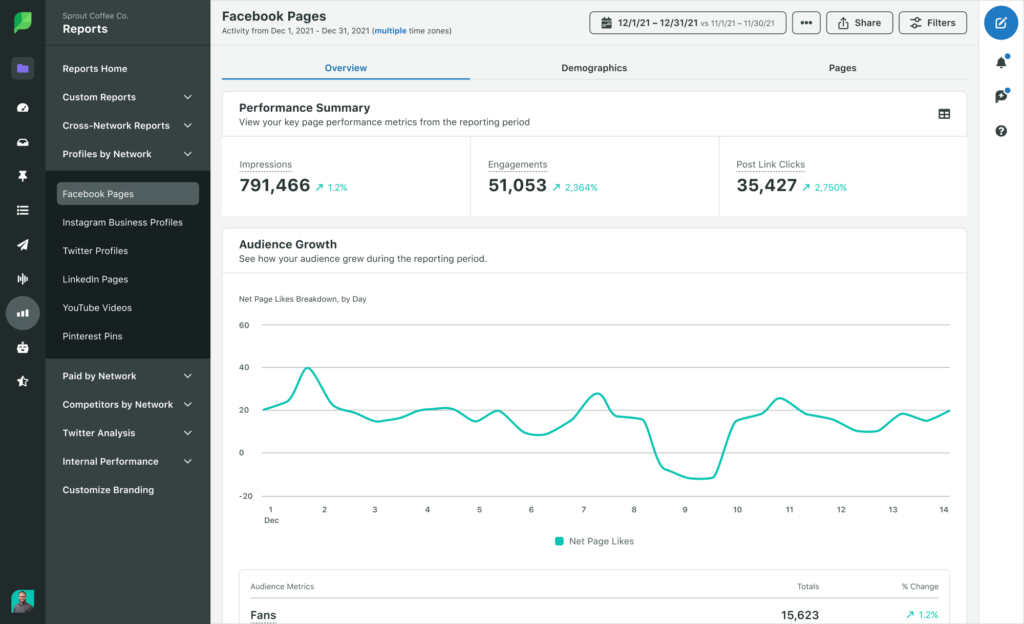
A social media analytics tool can help you keep up with information as your audience grows. Sprout Profile Reports offer follower demographic data to create platform-wise customer personas. Use these in combination with post performance data to make your initial decisions about which products to list and how to position them.
2. Schedule your content
Once you share a listing, schedule some promotional posts to build interest and drive traffic to your new social storefront. This is a great way to share additional product information, like walkthroughs and close-up shots.

Use Sprout’s built-in social commerce catalogs to add shoppable tags and links to your products while scheduling your content. By adding products to your posts, you can meet customers where they want to shop and streamline their purchase process.
3. Personalize your replies
Asking questions about a product or service is one of the top reasons consumers reach out to brands on social. They may have requests for specific product details, ask about a specific order or want to know which options are available. Not only can you answer those questions by recommending a product, but you can even share a direct link to buy it. It’s a win-win—you’re delivering helpful service and making it easier for consumers to buy what they’re looking for.
Sprout helps you add direct product links to replies using built-in product catalogs from Facebook Shops and Shopify. You can also answer questions about order status, shipping details and more without switching to another tool.

4. Learn what works (and do more of it)
As you dip your toe into the world of social commerce, the best thing you can do is measure, measure, measure. Knowing what’s working can help you repeat your success as you scale your strategy. It can even help to illuminate new opportunities you might have otherwise missed.
Monitor your social analytics to manage performance. Remember to categorize your posts in Sprout by tagging them, giving you an in-depth look at what’s working and what’s not. Combine this with UTM parameters and you can dig in, see which posts drove sales and adjust your strategy to optimize your posts. With Sprout, you can schedule report deliveries on a weekly or monthly basis to stay on top of this process.
5. Automate conversations and increase response times
Failing to provide timely responses is one of the biggest social commerce mistakes. Before people finalize their purchases on your social media storefront, they may need some additional info. It’s your job to ensure that those potential customers get the response they need when they need it.
Sprout lets you build chatbots with customized responses so you can automate those conversations. That way, you can provide quick responses even when your support team is unavailable. And customers will get the answers they need to make informed purchase decisions.
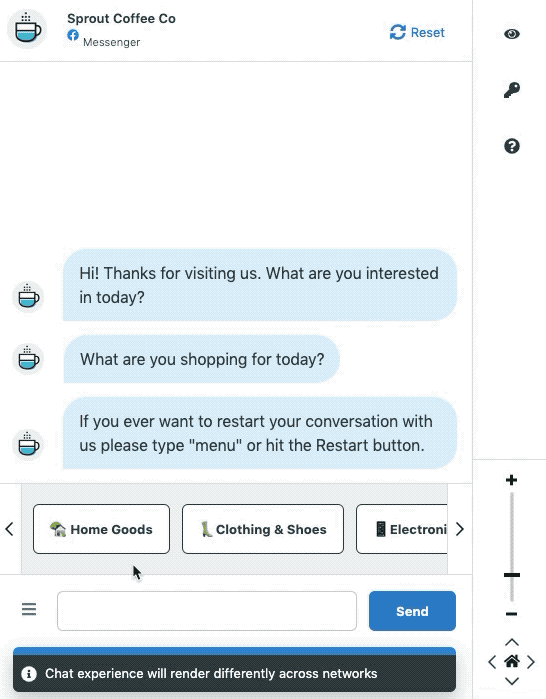
Starting out with a social commerce strategy
Social media has revolutionized the way businesses and consumers interact, and social commerce is its newest frontier. You now know all the basics about social commerce–from what benefits you can enjoy to which platforms you should use. So if you’re ready to get started, download our free interview guide on how to craft a social commerce strategy.
The post What is social commerce? Stats, trends and tips marketers should know for 2023 appeared first on Sprout Social.
from Sprout Social https://ift.tt/Rmfit1k
via IFTTT



